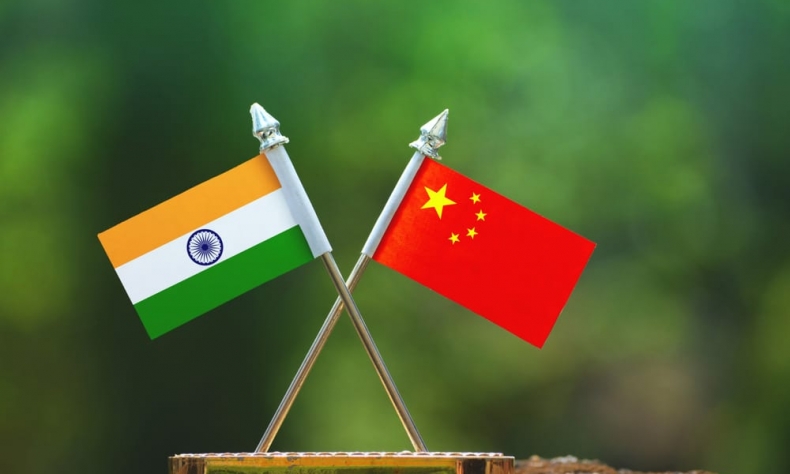Taking the Chindia Relationship Further

There have been a few bumps in the road, but that is not a reason to cut off engagement with each other.
As far as my connection to China is concerned, it began during my high school days. I got hooked on a book about Chinese culture and civilization, and I fell in love with that. It was on that basis I thought that it was necessary to understand the Chinese language, and I enrolled for the Jawaharlal Nehru University entrance examination and I was lucky enough to be admitted.
That’s how I ended up doing bachelor’s and master’s degrees in Chinese language and literature. Later on, I went to Peking University for advanced studies in Chinese history. It was under the influence of some of the foremost India-China experts in China that I pursued my research in India-China relations.
The people who influenced me are many. For example, Professor Ji Xianlin, Professor Huang Baosheng and my wife Wang Yao. As far as my academic pursuit is concerned, it was Professor Lin Chengjie who did tremendous academic research on India-China relations in modern times. There is also Professor Ji Xianlin. I used to visit his home in the campus of Peking University when I was a student there. It was under the inspiration of these people that I ventured into the study of India-China relations. Of course, my wife has been of great support for me, and we are still doing our best to promote India- China friendship in India and elsewhere.
My own research starts with the colonial period and ends with contemporary India-China relations. I discovered that both India and China are civilizational states. There is no doubt that both of them had an uninterrupted flow of cross-cultural connections for two millennia. When I was in China, I discovered the footprints of these interactions wherever I went. It was breathtaking to discover those things. I went deeply into it and gradually also started to translate some of relevant Chinese writings into Hindi and English so that a wider audience in India and elsewhere can learn about these relationships.
As far as ancient India-China relations are concerned, the interaction was always through the traffic of travelers going to and from both countries, including Indian and Chinese scholar monks who created the entire depository of Buddhist literature that influenced or had its intangible imprints on East Asia. As far as colonial connection is concerned, Indian and Chinese nationalists, whether in Japan, inside China or elsewhere, gave each other support and sympathy during the anti-imperialist struggle. Also, during the contemporary period, especially during the 1950s and later after the restoration of the relationship between the two countries, India and China have forged an understanding that the relationship is vital and is capable of deciding the future of global order. I believe this relationship is unlike any other relationship in the world. It is extremely important because we have had an uninterrupted flow of communication for almost two millennia. It is in this context that we should cherish the India-China relationship and take it further.
If we look at the history of mankind, of all the four old civilizations of Mesopotamia, Egypt, India and China, the latter two are in Asia and are living civilizations. Along with the Greek and Roman civilizations, these formed four distinct cultures—the Islamic, Indian, Chinese and Western cultures. Contrary to the “clash of cultures” theory, these systems engaged in inter-civilizational dialogue through the free flow of commodities, capital, technology and people. The birth of Chinese Buddhism came through the dissemination of ancient Indian or central Asian astronomy, literature, music, and languages into China. Archaeologists suggest that sugar making, paper manufacturing, steel smelting, silk, porcelain, and tea traveling from China to other countries enriched the knowledge systems across the world.
In India, if we had to write a history of Indian-foreign cultural exchanges, most of it would be our exchanges with China. The same would be true for China, not only in ancient times but also in modern history. We would see our nationalists joining hands. Tagore and Doctor Kotnis, among others, built bridges between the people of the two. There have been a few bumps in the road, including the 1962 border conflict, but that is not a reason to cut off engagement with each other.
The author is a professor at the Centre for Chinese and South East Asian Studies, Jawaharlal Nehru University, New Delhi, India.
This article is excerpted from his speech at the opening ceremony of the “Beautiful India Beautiful China” online photo exhibition.
 Facebook
Facebook
 Twitter
Twitter
 Linkedin
Linkedin
 Google +
Google +










